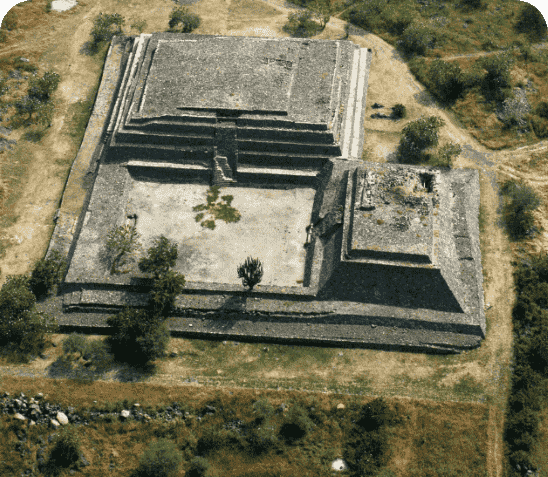Guanajuato's Peralta monuments are colossal works of art
One of the state's 1,400 discovered archaeological zones, Peralta dates to between 400 and 600 AD and is notable for the enormous volcanic stone foundations that indicate it was once one of the greatest communities in the Bajio region.

The archaeological zone of Peralta is one of the 1,400 detected in the state; it dates from 400 to 600 AD and stands out for its gigantic volcanic stone foundations; it was one of the largest settlements in the Bajío region.
Even though no one knows who built what is now the archaeological zone of Peralta or what its original name was, the descendants of the ancient Chichimecs of the Bajio region in the state of Guanajuato say it was built by their ancestors, while researchers think it was built by Otomian groups much earlier than the first Chichimecs.




